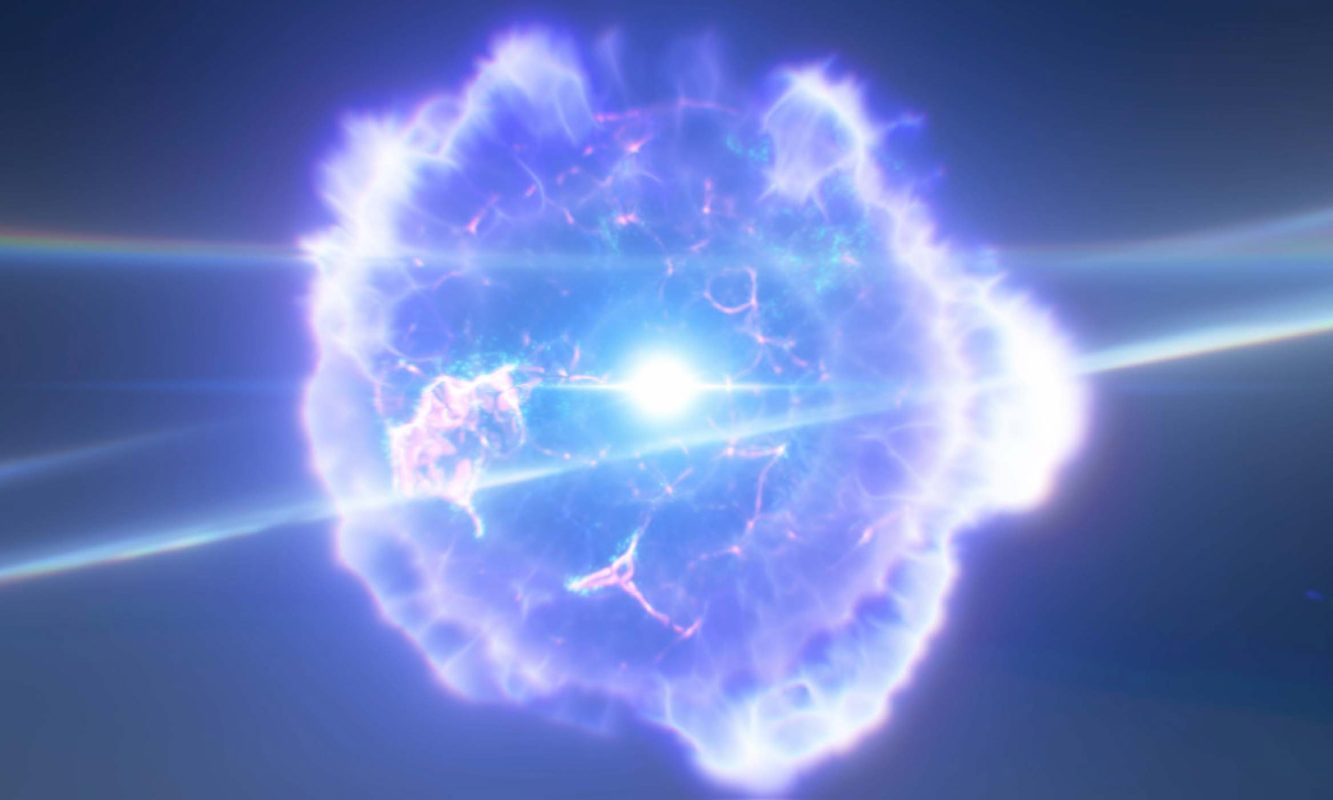Introduction
With climate change leading to hotter temperatures, more droughts, and loss of biodiversity all across the globe, scientists and policy makers are increasingly looking towards cleaner sources of energy.
While solar or wind energy have all become viable options, there is one more alternative: energy generated through nuclear fusion. Hailed as the “holy grail” of clean energy, nuclear fusion has the possibility of producing almost limitless amounts of carbon-free energy.
Often nicknamed “a star in a jar,” nuclear fusion occurs when two light atomic nuclei–usually hydrogen or an isotope of hydrogen–collide and bond together. The mass of the resulting product is slightly smaller than the mass of the initial reactants, allowing the decrease in mass to be converted to energy following Einstein’s famous formula E = mc^2. Since c^2 is a massive number, fusion theoretically generates vast amounts of energy.
How Nuclear Fusion Works
As implied by their nickname, the place where nuclear fusion reactions are most often found currently is in stars, such as the sun. Gravitational forces compress the plasma (a highly ionized gas consisting of hydrogen and helium ions) located within stars, forming an extremely dense core. Under these conditions, atomic nuclei are forced together and nuclear fusion is able to take place; hydrogen is converted to helium and massive amounts of energy are produced.
More specifically, two protons (hydrogen nuclei) fuse together to become what’s called a deuterium nucleus, which then joins with yet another proton to form a helium-3 nucleus. Lastly, two helium-3 nuclei join to become a helium-4 nucleus. The only problem with this series of reactions is that two protons very rarely fuse. While that is fine considering that the sun is just so large in size and so many collisions take place, it does make it harder for researchers to reproduce nuclear fusion.

Here on earth, they have decided to instead fuse a deuterium nucleus with a tritium nucleus to form the desired helium-4 nucleus as well as an extra neutron. This process was initially created to generate neutrons, but it’s now being used to achieve nuclear fusion.

Considering this new formula, the last piece of the puzzle is to build a nuclear fusion reaction that is strong enough to withstand the boiling temperatures necessary for fusion. The energy generated from this reaction can be harnessed when the neutrons that were created shoot outwards, hitting the metal layer of the reactor. The resulting heat is used to boil water and generate steam, which can then be used to power turbines or produce electricity. The helium-4 nuclei that remain in the reactor will provide the energy necessary to continue fusion.
That may sound relatively manageable, but there are still two key hurdles that scientists must clear.
Issues
The first is ignition, which is defined as the point in which the energy needed to keep the fusion reaction going is less than the energy produced. In other words, it is when nuclear fusion actually starts generating energy. Ignition is difficult to reach due to the high temperatures needed to start a fusion reaction. The first time scientists were able to replicate ignition was only very recently in 2022. The US national ignition facility had to use 192 lasers to achieve a temperature of 100 million degrees. However, this was not an enduring method for ignition, and researchers are still racing to find ways to make ignition more viable and stable.
The second problem is simply being able to build a reactor that can withstand the previously mentioned 100 million degrees. Currently, the most promising design is the tokamak–a doughnut shaped device that traps the deuterium-tritium plasma using magnetic fields. However, the walls of the tokamak face extreme thermal and mechanical stress and, as of now, easily deteriorate and lose energy.
Nonetheless, research is getting progressively closer to solving both problems. In recent months, China’s Experimental Advanced Superconducting Tokamak (EAST) was able to sustain a temperature of 100 million degrees. Furthermore, a German startup–Proxima fusion–has published plans for a supposedly working fusion power plant that they named Stellaris.
Despite that, a majority of researchers still believe that nuclear fusion will not be commercially viable until at least the 2050s, and that makes sense considering that they are essentially trying to harness the power of stars. Yet the massive potential of such an energy source pushes scientists to continue. A working fusion reactor could produce four million times more energy than the fossil fuels society currently relies on, finally making it possible for developed nations to achieve their goals of having net emissions.
Conclusion
While some deem fusion “impossible,” recent breakthroughs prove that is not the case. As the world recently passes 1.5 degrees Celsius of warming, nuclear fusion reactions are poised to play an ever increasing role in clean, sustainable futures.

